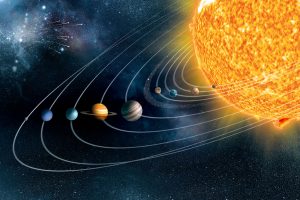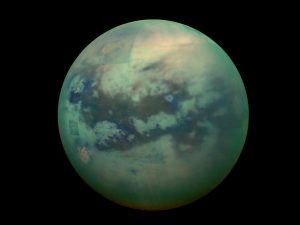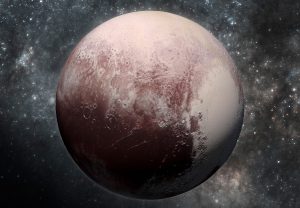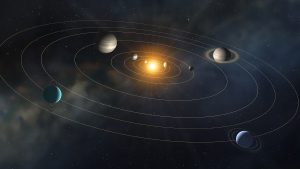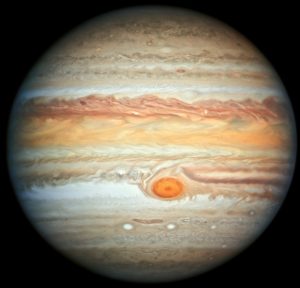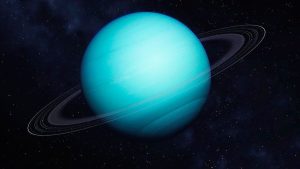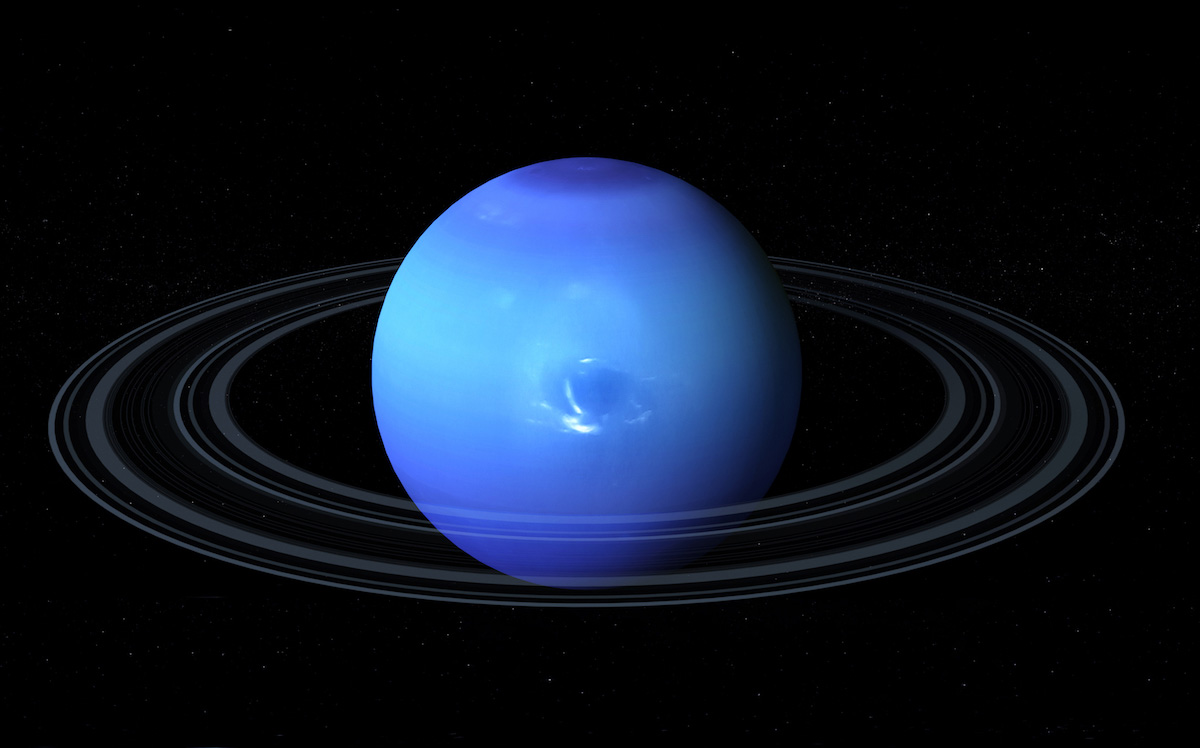
30 interesting facts about Neptune
- 👁️ 1628
Neptune, the eighth planet from the Sun, is a gas giant with a fascinating and unique set of features. With a strong and persistent atmosphere, Neptune is the farthest known planet in our solar system, and one of the least explored due to its great distance from the Sun. Here are some fascinating facts about Neptune.
- Neptune is the eighth planet from the Sun and the fourth largest in our solar system.
- It is named after the Roman god of the sea.
- Neptune is 17 times more massive than Earth and has a radius four times larger.
- It has a unique and complex atmosphere made up of hydrogen, helium, methane, and water.
- Neptune has the fastest wind speeds of any planet in our solar system, reaching up to 2,100 kilometers per hour.
- It has a strong magnetic field, which is tilted at an angle of 47 degrees from the planet’s axis.
- Neptune has a very thin ring system made up of small, dark particles.
- The planet has 14 known moons, the largest of which is Triton.
- Triton is the only large moon in our solar system that orbits in a direction opposite to its planet’s rotation.
- Neptune’s blue color is due to the presence of methane in its atmosphere.
- Neptune was the first planet to be discovered through mathematical calculations, rather than observations.
- The planet was discovered by astronomers Johann Galle and Louis d’Arrest in 1846.
- It takes Neptune 165 Earth years to complete one orbit around the Sun.
- Neptune is 30 times farther from the Sun than Earth is.
- The average temperature on Neptune is -214 degrees Celsius.
- The planet experiences large storms, with the Great Dark Spot being a famous example.
- Neptune has a very active climate, with frequent storms and changes in its atmospheric features.
- It has the longest day of any planet in our solar system, with a rotation period of 16 hours and 6.7 minutes.
- Neptune has a very faint and difficult-to-detect ring system.
- The planet has a relatively small and irregularly shaped core.
- It is believed that Neptune’s moon Triton may have originated from the Kuiper Belt.
- Neptune emits more heat than it receives from the Sun.
- The planet’s atmosphere is composed of 80% hydrogen, 19% helium, and 1% methane.
- Neptune’s atmosphere is much deeper and more massive than that of any other planet in our solar system.
- The planet has a high level of albedo, reflecting 60% of the light that reaches it.
- Neptune has five distinct cloud deck regions, with the highest clouds made of methane ice crystals.
- The planet has the highest atmospheric pressure of any planet in our solar system, about 100 times that of Earth’s.
- The planet’s large and distinct Great Dark Spot was discovered by the Voyager 2 spacecraft in 1989.
- Neptune’s largest moon, Triton, has a thin nitrogen atmosphere and geysers that spew nitrogen gas and dust.
- The planet’s distinctive blue color was first recorded in photographs taken by the Voyager 2 spacecraft in 1989.
Conclusion: Neptune is a fascinating planet, full of unique and intriguing features. With its strong winds, complex atmosphere, and diverse moons, it is a compelling subject for study and exploration. Despite its distance from the Sun, there is still much to learn about this gas giant and its place in our solar system.
